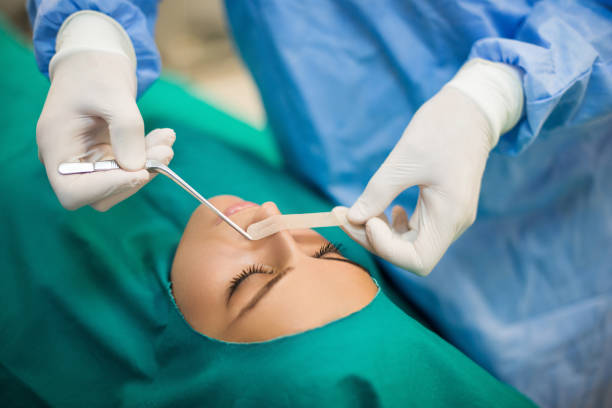The use of needle-free injectable devices has become one of the most cutting-edge innovations in healthcare. These tools provide a less painful, more convenient, and safer alternative to conventional injections using needles. The use of needle-free injectable devices is growing across many medical specialties as technology progresses, positively influencing patient care and treatment experiences.
Technology for Needle-Free Injection:
Innovative technology is used by Needle-Free Injection Devices to deliver drugs via the skin without conventional needles. They function by generating a fast-moving jet of medication that enters the tissue beneath the skin and travels to the required depth. This procedure reduces the fear associated with needles and is essentially painless.
Needle-free injection devices have some advantages.
Reduced Pain and Anxiety: The lack of needles, which considerably lessens the pain and anxiety frequently associated with injections, is one of the main benefits of needle-free injection devices. Patients with pediatric conditions and those who are afraid of needles can particularly benefit from this.
Improved Patient Compliance: Since people are more likely to follow their treatment regimens when the procedure is less daunting, needle-free injections’ painless and comfortable nature helps promote patient compliance.
Reduced Infection Risk: The injection site can become infected with conventional needle injections. Devices without needles eliminate this risk since they do not compromise the skin’s natural barrier, lowering the infection risk.
Faster Administration: Needle-free injectable devices make it possible to provide medications rapidly, improving workflow and enabling medical professionals to treat more patients in a shorter amount of time.
Delivery of Medication with Appropriate Dosage: These devices provide fine control over the dosage of medication given, assuring appropriate therapy while minimizing waste.
Needle-Free Injection Devices: Uses and Applications
Vaccinations: The use of needle-free injection devices is being investigated. This is especially useful for large immunization programs because it streamlines the procedure and eliminates the requirement for trained staff.
Diabetes management: Insulin delivery with needle-free devices is a painless and practical solution for people with diabetes who must regularly administer injections.
Pediatric Care: Because they eliminate the discomfort and worry that comes with regular needles, needle-free injections are especially advantageous for young children. Children benefit from better healthcare as a result of this.
Cosmetic Procedures: In dermatology and aesthetics, cosmetic treatments like fillers and dermal therapies are administered using needle-free injectable devices.
In emergency cases where quick medicine delivery is necessary, needle-free injection technology can be vital.
Challenges and Things to Think About
As a result of its potentially higher cost than conventional needles, needle-free injection devices may not be as widely used.
Training: To utilize and dispense pharmaceuticals through these devices properly, healthcare personnel need training.
Compatibility: Due to their characteristics or requirements, some drugs may not be appropriate for delivery through needle-free devices.
And finally:
Needle Free Injection devices are transforming medical administration by providing painless, practical, and effective options for medicine delivery. Their applications, which cover various medical specialties, promise to improve patient outcomes and experiences. Despite the difficulties, continued improvements in technology and medical procedures are likely to resolve these problems and make needle-free injection devices a crucial component of contemporary healthcare delivery.




